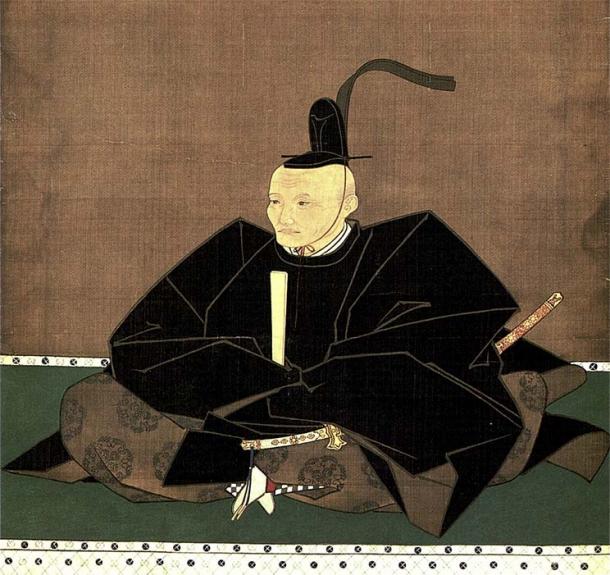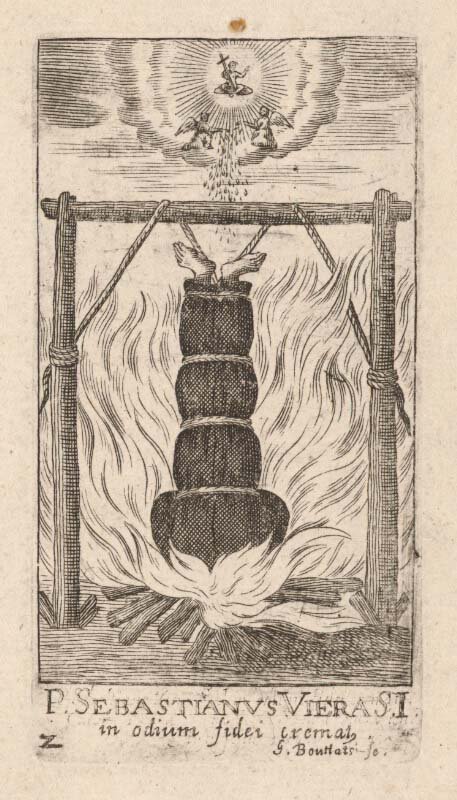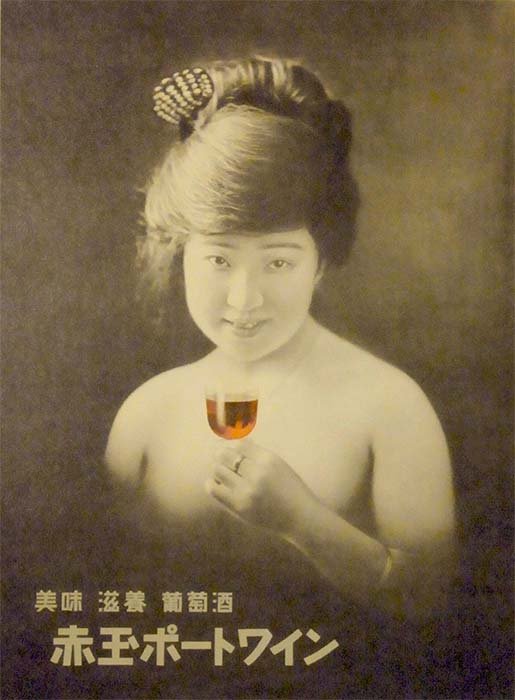It has always baffled historians why domestic Japanese winemaking ceased in mid-17th century AD. But now, new research suggests that in 1627 AD a Japanese “war” was waged against Christians in Japan, and it was this revolt against the “foreign” religion that led to the collapse of the Japanese winemaking industry.
The End Of Japanese Winemaking And Anti-Christian Laws
Researchers from Japan’s Kumamoto University’s Eisei Bunko Research Centre discovered a rare Edo-perioddocument that says the Hosokawa samurai clan, rulers of the Kokura domain (modern-day Fukuoka Prefecture), “completely stopped producing wine in 1632 AD.” This halt in Japanese winemaking occurred only one year before the shogunate transferred the entire Hosokawa clan to the Higo domain, in modern-day Kumamoto Prefecture. Might these two significant historical events have been connected, asked the researchers?

The luxurious former residence of the Hosokawa samurai clan in Kumamoto City, Japan. (Motoki-jj / CC BY-SA 3.0 )
It turns out that the discontinuation of wine production in Japan in 1632 AD was directly related to the Hosokawa clan being moved. And this was because “wine was considered to be a drink of Christianity, that was harshly suppressed in Japan at that time,” according to the new research.

A 1644 portrait of Tadatoshi Hosokawa, who ordered the final batch of Japanese wine. ( 日本語: 矢野吉重(大渕玄弘賛) English: Yano Yoshishige (Inscription by Ōbuchi Genkō) / Public domain )
The Hosokawa’s “Last” Batch Of Wine Order
Until now, no historical records exist regarding Japanese winemaking after 1631 AD. The new Hosokawa clan document is dated to September 1632 AD and it was found in the Eisei Bunko Library’s Hosokawa clan repository. Representing the earliest known proof of Japanese winemaking, this Hosokawa clan document revealed that the lord of the Hosokawa clan, Tadatoshi Hosokawa, ordered a batch of medicinal wine between 1627 and 1630 AD.
Taroemon Ueda was a Hosokawa clan vassal experienced in western customs and the historical document says he used “black soybeans and wild grapes” to make wine. Earlier documents revealed that Taroemon took about 10 days to finish making wine, and with this, the researchers calculated that the batch ordered by Tadatoshi Hosokawa was probably finished by mid-October 1632 AD, at the latest.
From The Arrival Of The Portuguese To The End Of Wine
Tadatoshi finished his last batch of wine in October 1632 AD. And on January 18th of the following year the shogunate ordered the Hosokawa clan to move from the traditional wine making Kokura domain to the Higo domain. Previous researchers suspected wine production was halted in Japan because it was “a stereotypically Christian drink and making it could have been a dangerous prospect due to the shogunate’s strict prohibition of Christianity during the Edo period,” according to the press release on Eurekalert.

This drawing, from 1656 AD, shows a Christian follower in Japan being burned alive. (Gerard Bouttats / Public domain )
Now, the latest research has proven that this was indeed the case: the Hosokawa clan stopped making wine as a direct result of their move to this new domain, “because wine was heavily associated with Christianity,” according to the study.
The first Europeans came to Japan from Portugal in 1542 AD and impressed Japan’s upcoming leader, Oda Nobunaga , with their “fire weapons,” and his mistake was to tolerate the Christian missionaries.
According to a Japan Guide article, in 1587 AD, “in an era of European conquest and colonization,” Toyotomi Hideyoshi issued an edict “banning missionaries from the country due to the religion’s political ambitions, intolerant behavior towards Shinto and Buddhism, and connections to the sale of Japanese people as slaves overseas.”

By the 1920s, Japanese winemaking had made a comeback and was no longer connected with Christianity. Advertising poster of “Akadama Port Wine” for Suntory Limited. (KATAOKA, Toshiro (1882 – 1945) of Suntory / Public domain )
Rebellions And Christian’ Abuses Of The Japanese
The Tokugawa Shogunate advanced Japan’s anti-Christian stance and formally accused the religion of “obstructing the authorities, antisocial behavior and intolerance towards the established religions.” In the late 1630s, armed, violent-minded Christians rebelled on the Shimabara Peninsula and thousands were executed, leading to a complete country-wide ban on Christianity.
Soon after the move to the Higo domain, the Hosokawa clan battled with Western-influenced rebels, which ultimately led to the suppression of the Shimabara-Amakusa Revolt in 1637 AD.
With persistent Christian revolts, rebellions and uprisings, the move to prohibit Christianity was strengthened. And in the war against the incoming religion’s “sale of Japanese people as slaves overseas,” Japanese winemaking ended in the 17th century.
However, today, Christians have stopped selling Japanese folk as slaves and wine is once again being produced all over Japan, with the major production areas being Yamanashi, Hokkaido, Nagano, and Yamagata.
Top image: Domestic Japanese winemaking, which began in 1627 AD, is thought to have ended in the wake of the Hosokawa clan’s transfer to the Higo Domain (modern-day Kumamoto Prefecture). . Source: Professor Tsuguharu Inaba / Kumamoto University
By Ashley Cowie
 RSS Feed
RSS Feed















 January 19th, 2021
January 19th, 2021  Awake Goy
Awake Goy  Posted in
Posted in  Tags:
Tags: 













